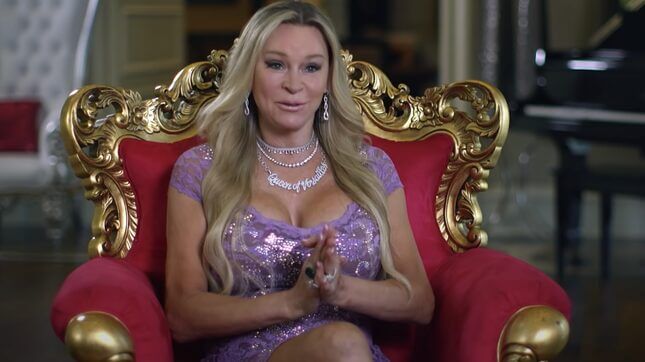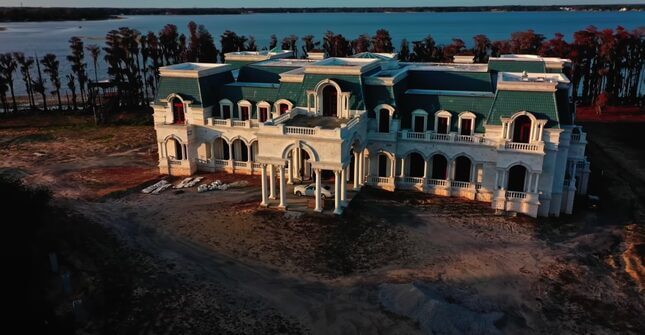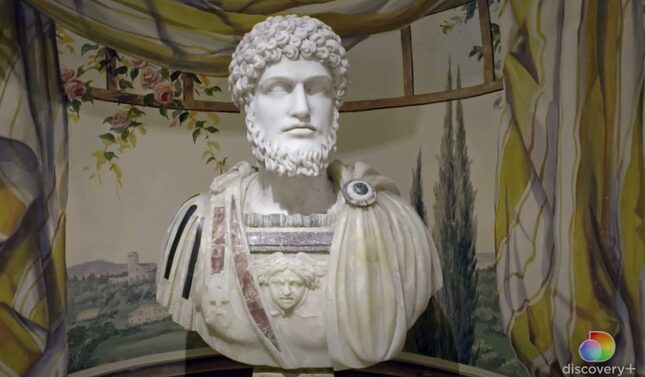‘Queen of Versailles Reigns Again‘ Is a Horrifying Portrait of Billionaire Excess
A new Discovery+ series follows Jackie Siegel, who's spent nearly 20 years trying to build one of America's largest houses.
EntertainmentTV

In the second episode of Queen of Versailles Reigns Again, billionaire Jackie Siegel confronts a looming disaster: She may not be able to equip her home with a Benihana kitchen.
Her family loves the chain eatery’s signature style of restau-tainment, and then there’s the allure of the fact that, as she says in the show, it’s “something that no one else in the world has in their house.” This turns out to be for good reason—as a chef explains to her in the new Discovery+ series, without large and expensive ventilation equipment, an in-house Benihana would cause the entire home to smell like steak. “I’ve been losing sleep over this whole Benihana thing,” she later says in a confessional interview on the show.
The new reality series, which premiered Wednesday, follows Siegel’s ongoing efforts to build one of the largest homes in America, a 90,000 square foot mansion inspired by the palace of Versailles. (The house may be named after the one-time seat of the French crown, but in the series its size is most often compared to a more local American landmark—the Walmart superstore.) The series is by-the-book reality television—something along the lines of the Real Housewives by way of HGTV—but it also offers an engrossing look at billionaire-class hubris.
The Siegels’ first brush with national fame came in 2012, with the release of Lauren Greenfield’s documentary The Queen of Versailles. It painted a portrait of the family—Jackie, her timeshare mogul husband David, their eight kids, and numerous pets—and their efforts to make their Florida dream home a reality. The 2008 recession ground construction to a halt as the sprawling household was forced to tighten its belt. The previously 19-member strong domestic staff became a comparatively modest four; the private jet was sold and the family was forced to fly commercial. Jackie, a former engineer for IBM and Mrs. Florida winner, seemed warm and affable, if suffering from a case of wealth-induced obliviousness: In one memorable scene from the original documentary, she asked a perplexed Hertz employee whether their rental cars came with drivers. David, 30 years her senior, cuts a less endearing figure. He’s been sued for sexual harassment by a former employee and is a friend of Donald Trump’s. (Trump’s presidential victory, David told The Orlando Sentinel in 2016, was the “greatest thing that’s happened to me since I discovered sex.”)
-

-

-

-

-

-

-

-

-

-

-

-

-

-

-

-

-

-

-

-

-

-

-

-

-

-

-

-

-

-

-

-

-

-

-

-

-

-

-

-










































